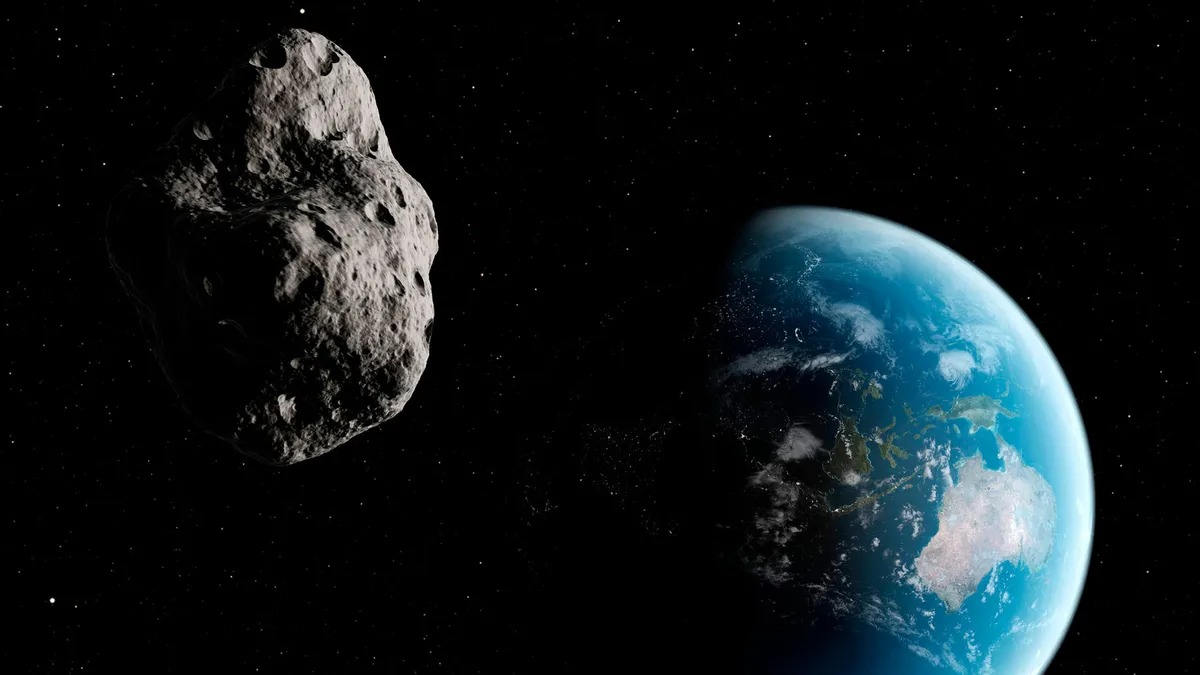Our planet has a strong gravitational connection with the Moon. But sometimes the gravity of the Earth can also capture small asteroids, which then remain for a certain period of time, orbiting us as a kind of temporary moon. This has happened at least twice this century: “mini-moons” have remained in Earth’s orbit for several years or even less. But the newly discovered asteroid 2022 YG has probably been trapped in gravity for several decades.

An interesting space rock was first observed on December 15, 2022. Interestingly, one of the first to notice it was amateur astronomer Henadii Borisov from Crimea, also known for the discovery of the first known interstellar comet, which now bears his name.
Asteroid 2022 YG, as it is originally catalogued, has a diameter of 16-30 meters. Early computer models of its orbit showed that it completed a total orbit of the Earth in one year. Moreover, this has been happening since about 1961. The simulation showed that the quasi-moon will continue to orbit the Earth until 2181, when it can finally free itself from the gravity of the Earth.
Visualization of the orbital data for the year 2022 YG also shows that it takes a strange path around our planet, stretching into an elongated ellipse in one direction, then migrating back to a rounder orbit and stretching again in the other direction before the whole cycle repeats. Scientists have created a visualization of its orbit and posted it on YouTube.
Previous “mini-moons” included asteroids 2020 CD3 and 2006 RH120. But both stayed only for a relatively short time. Additional observations are needed to refine the apparent orbit of 2022 YG to see if the moon asteroid will really be in tandem with Earth in the next century.
A similar mini-moon, seen in 2020, was previously confused with a large piece of space debris after a 1960s rocket launch.
Follow us on Twitter to get the most interesting space news in time
https://twitter.com/ust_magazine

